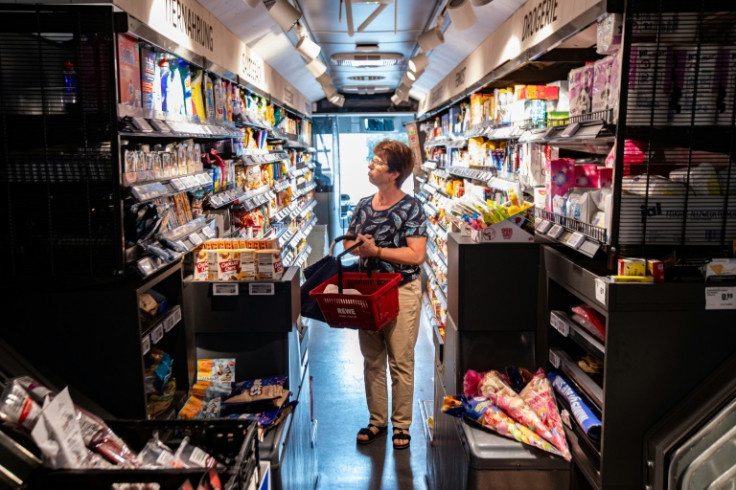Research reveals overstocking costs businesses an average quarterly loss of nearly £900,000
A recent report has exposed the overstocking challenge facing UK retailers, which has led to millions in lost income and jeopardised their financial stability.

Overstocking, a seemingly trivial problem at first appearance, has evolved into a severe and costly problem, haunting businesses across the country and costing them millions in lost income and financial stability.
A recent report from the product performance management (PPM) platform ROI Hunter has uncovered a grave issue that is costing businesses millions in lost income and endangering their financial stability. The research exposed an average quarterly loss of nearly £900,000 (£882,781) due to overstocking, leaving up to 62 per cent of shops struggling to cope with the mounting problem.
The stockpile that retailers are struggling to move has prompted them to discount almost half (48%) of their inventory, which is an unsustainable solution. Short-term discounting can only go so far in minimising product buildup in warehouses, halting financial losses and addressing reduced profit margins.
Karel Schindler, CEO of ROI Hunter pointed out the roots of the overstocking crisis to misconceptions about consumer demand that emerged last year. The lack of foresight regarding the current cost of living crisis and its impact on the retail industry exacerbated the problem.
Furthermore, Schindler noted that stores' existing promotion techniques are inadvertently exacerbating the crisis. He said many businesses, for example, are unable to promote seasonal items online quickly enough at full price, and they frequently go out of season or become discounted as it takes weeks for advertising algorithms to catch up.
The research revealed two major contributing factors to the stocking predicament: poor visibility of goods inventory and a lack of purchasing management. Over half (56%) have no idea which products are likely to become deadstock, increasing the likelihood of more things falling into this category and adding to the heaps of excess products requiring valuable storage space, the report showed.
More concerning is the fact that the report revealed that nearly two-thirds of retail marketers (62%) reported that they have little influence over what the purchasing department orders. This lack of influence heightens the risk of deadstock levels spiralling out of control. Furthermore, the report indicated that an average of 47 per cent of marketing expenditure is being spent pushing items with limited availability, including those that are already out of stock.
According to the report, overstocking isn't the only problem that retailers face. They must also consider the recession's influence on consumers. Approximately, 43 per cent of consumers are becoming more careful about where and how they spend their money. Second-hand selling websites are also growing in popularity, with 44 per cent of consumers shopping for used things in the last year.
Schindler urged retailers on the need to confront the stocking issue head-on or risk financial and reputational harm, as excess deadstock may eventually need to be disposed of.
To alleviate the problem, Schindler stressed the importance of tracking deadstock goods and accurately estimating demand through inventory product management and real-time product performance data-driven promotional plans. He added that marketing departments can select the best strategies for dealing with current products while purchasing can make informed decisions about the stock that is required.
© Copyright IBTimes 2025. All rights reserved.





















